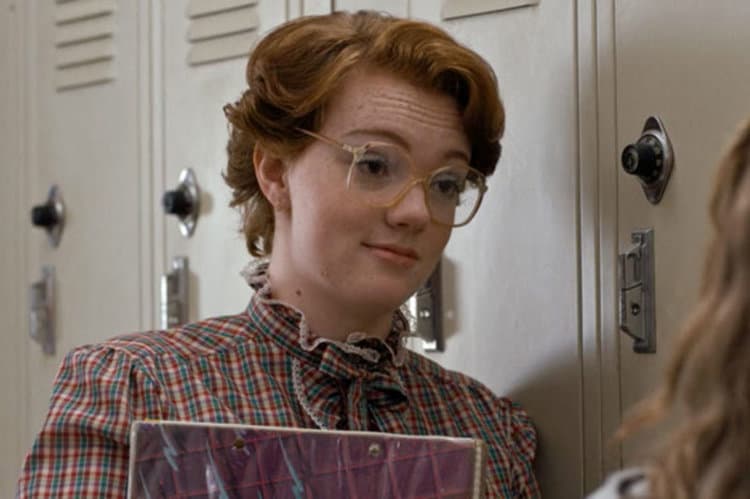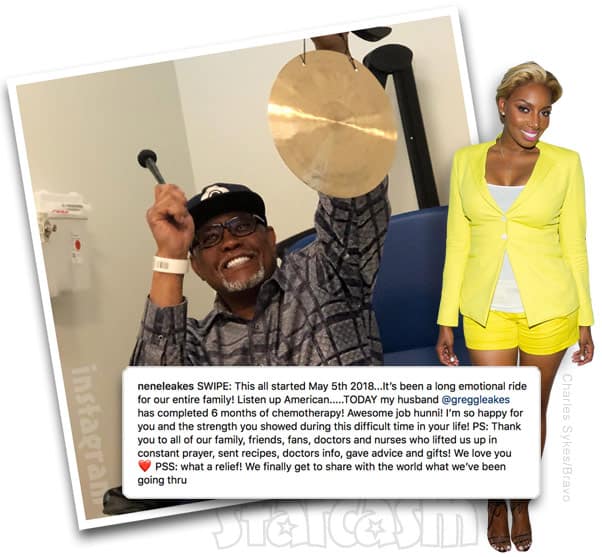Would you eat a placenta? Take a placenta pill?

Almost all mammal moms participate in placentophagy, or eating their placentas after birth, and a growing number of women are saying “why shouldn’t humans do it too?”
A new article in New York Magazine details the experiences of what appears to be a growing trend of human mothers eating placenta using cooking methods, drying it for jerky, and even building business out of encapsulating it in pill form. It’s kind of liver-like, and apparently can absorb the flavors of herbs and spices very well. Some people even like to blend it up, and drink it as a raw smoothie!
The placenta is, in fact, a human organ, and is unique because it’s the only organ that actually comes out of the body, and is shared between two people. It’s a mass (usually weighing a few pounds) of tissue that is attached to the uterus during pregnancy. It filters nutrients, waste, and gas to and from the baby and mother. It also serves as a barrier for the baby to help prevent viruses (like HIV) and toxins in the mother’s blood from passing through to the baby (it isn’t 100% effective, but does a really good job.) The origin of the word comes from the Greek plakóenta, which means flat, or slab-like in reference to how it sits in the womb.
After it comes out it looks like an exploded liver, roadkill, or a prop from a sci-fi horror flick. Are you dying yet to saute it up with a little olive oil and garlic?
This current trend of eating placentas for (either perceived or real) health benefits started sometime in the ’70s in the U.S. in communes where people would cook up and share placentas with everyone in the group. People who now advocate placenta eating believe it to have several healing properties: elevated mood, vitamin enrichment, prevention of postpartum depression, and help with breastfeeding, but there has been no real evidence to substantiate these claims, except for anecdotal. Even the U.S.’s leading expert on placentophagy Mark Kristal (a behavioral neuroscientist who has been studying this for 20 years) can’t find exactly what effects eating a placenta has on the body, if any at all. He also calls it a “New Age phenomenon” and a fad.
Skepticism doesn’t deter true placentophagy enthusiasts, though.
Eating placentae isn’t just for girls, either. Fathers and other male family members also join in. Tom Cruise is also an avid placenta eater, an aficionado really. In 2006 before his daughter Suri was born to wife Katie Holmes, Cruise explained his placenta passion to GQ:
“You don’t know placentas,” said Mr. Cruise. “I do. I’ve studied placentas. I know dozens of ways to prepare them. I know what wines go with them. What do you know?”
As for their taste, according to Cruise: “reminds him of veal, but with a springier texture like heart.”
Cruise isn’t the only celeb into eating placenta, March 2012 January Jones said she takes pills made from her son Xander’s placenta to give her energy.
Here’s a a resource of placenta recipes and a step-by-step placenta preparing process photos and notes from a male blogger who normally blogs about a poop-driven health regime. He spares no gore, so these photos aren’t for the faint of heart.
As for the texture, here’s how a lady from a momlogic article describes her placenta eating experience:
“I sliced it into bite-size chunks, and cooked it with the basic ingredients I mentioned on my Facebook album. The taste of the meat itself was surprisingly tasteful (I thought it’d be bland, but it absorbed the flavors of the ingredients very well). It wasn’t TOUGH, but not sloppy either. Just the right kind of texture that I like.”
A lady features on Pregnant in Heels prefers her placenta in a smoothie.
Even though science can’t exactly explain it, most mothers who do eat their placenta talk of feelings of joy and euphoria, and claim it really helps them lactate. Maybe the powerful emotional and physical effects aren’t directly related to the physical matter of the placenta, or its nutritional value, but of the emotional (and spiritual) connection that many women feel with the activity ( a kind of placebo effect.) It’s kind of like a ritual that helps a woman through the transition of being pregnant to being a mother. If you don’t like the taste, you can always swallow a placenta pill!
Some people opt out of consuming the placenta, but do save it for posterity, some even getting creative, like this notorious placenta teddy bear. Eating placentas isn’t always an emotional or spiritual practice, some Japanese women drink bottled pig placenta as a youth elixir.






